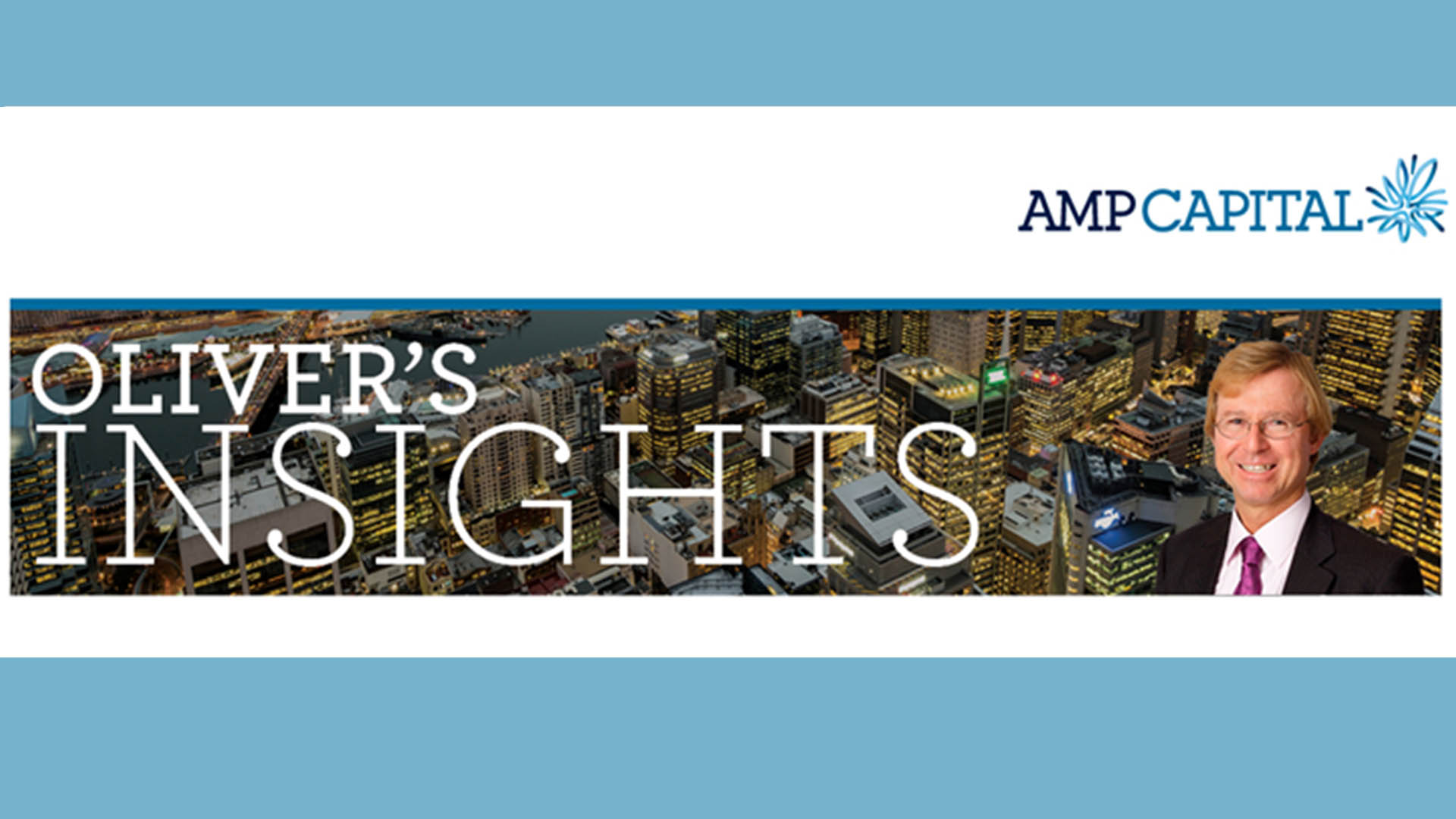As expected the US Federal Reserve lifted its key interest rate half a per cent at its final meeting for 2022 and held out the possibility of a slower pace of rises next year by saying rates will rise “where appropriate”.
And in doing so, chairman Jay Powell made it clear that while there might be fewer and small rate rises in 2023, there would be no deflecting the central bank from driving inflation lower by 2025.
A day after the November Consumer Price Index showed a sharp fall to an annual rate of 7.1% (from 7.7% in October), the Fed decision sets up a different picture for next year.
The half a per cent rise to a range between 4.25% and 4.5% broke a string of four straight three-quarter point increases, the most aggressive policy moves since the early 1980s.
The new level marks the highest the fed funds rate has been since December 2007, just as the GFC was gathering pace and as the Fed was loosening policy aggressively to combat what would turn into the worst economic downturn since the Great Depression.
The Fed policy statement released after the meeting was approved unanimously and was virtually unchanged from November’s meeting.
Some economists had expected the Fed to alter language that it sees “ongoing increases” ahead to something less definite, but that phrase remained in the statement.
Fed officials believe raising rates helps take money out the economy, reducing demand and ultimately pushing prices lower after inflation spiked to its highest level in more than 40 years in June.
Along with the increase came an indication that officials expect to keep rates higher through next year, with no reductions until 2024.
The expected “terminal rate,” or point where officials expect to end the rate hikes, was put at 5.1%, according to the FOMC’s “dot plot” of individual members’ expectations. That’s up from 4.6% in the September meeting when the last dot plot was released.
The higher terminal rate implies a rise of 1% in the federal funds rate next year – four 0.25% increases or a rush via two more half a per cent rises pushing the FFR to a range of 5% to 5.25%.
At that point, officials are likely to pause to allow the impact of the monetary policy tightening make its way through the economy. A new dot plot after the Fed meeting in March (the 21st and 22nd) of next year could see the terminal rate come down if the economy slows as the Fed thinks it will.
The dot plot consensus then pointed to a full percentage point worth of rate cuts in 2024, taking the funds rate to 4.1% by the end of that year.
That would be followed by another percentage point of cuts in 2025 to a rate of 3.1%, before the benchmark settles into a longer-run neutral level of 2.5%.
But analysts pointed out that the dot plot shows considerable diversion in 2023 and 2024 with seven of the 19 guesses in the plot showing higher rate forecasts next year and the same number looking for higher rates in 2024.








